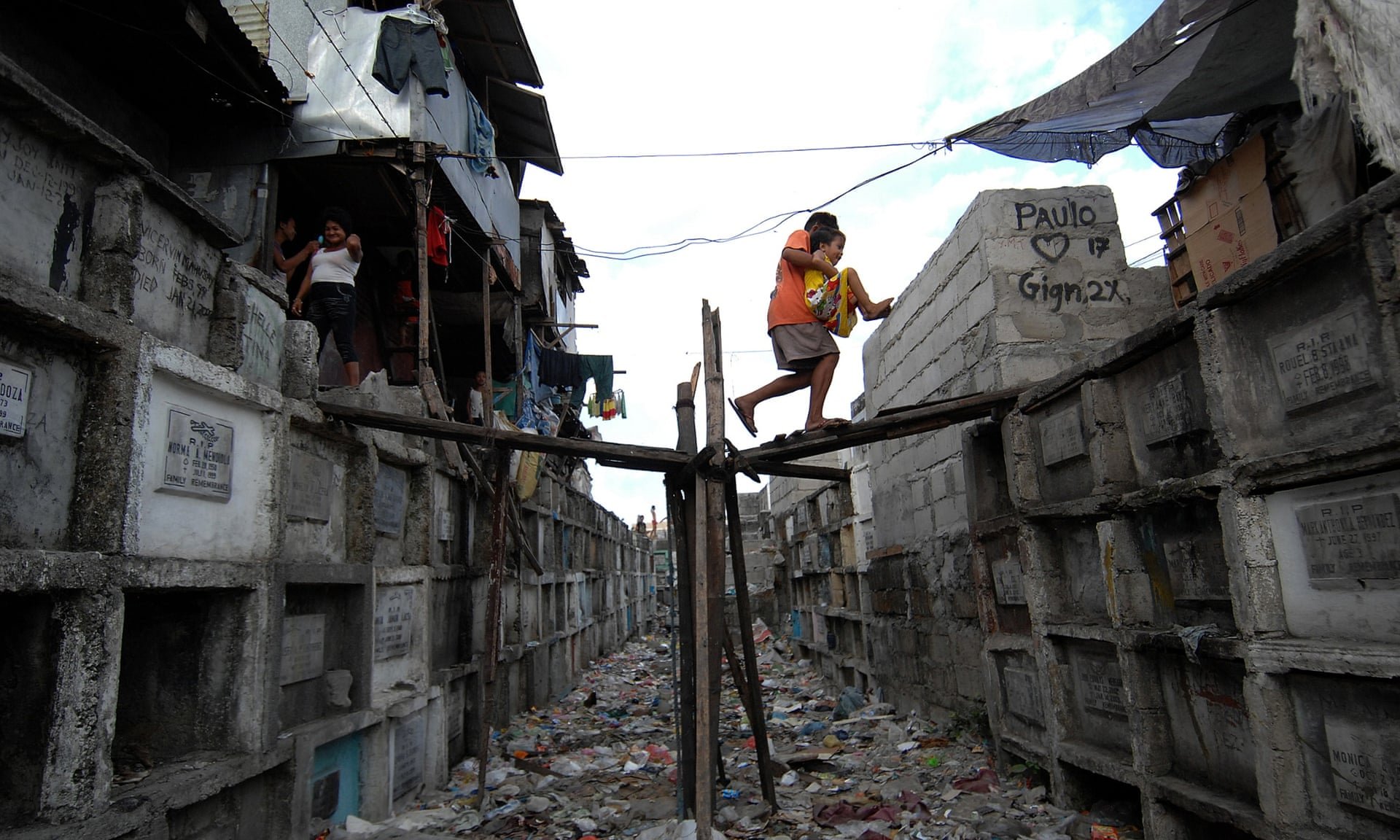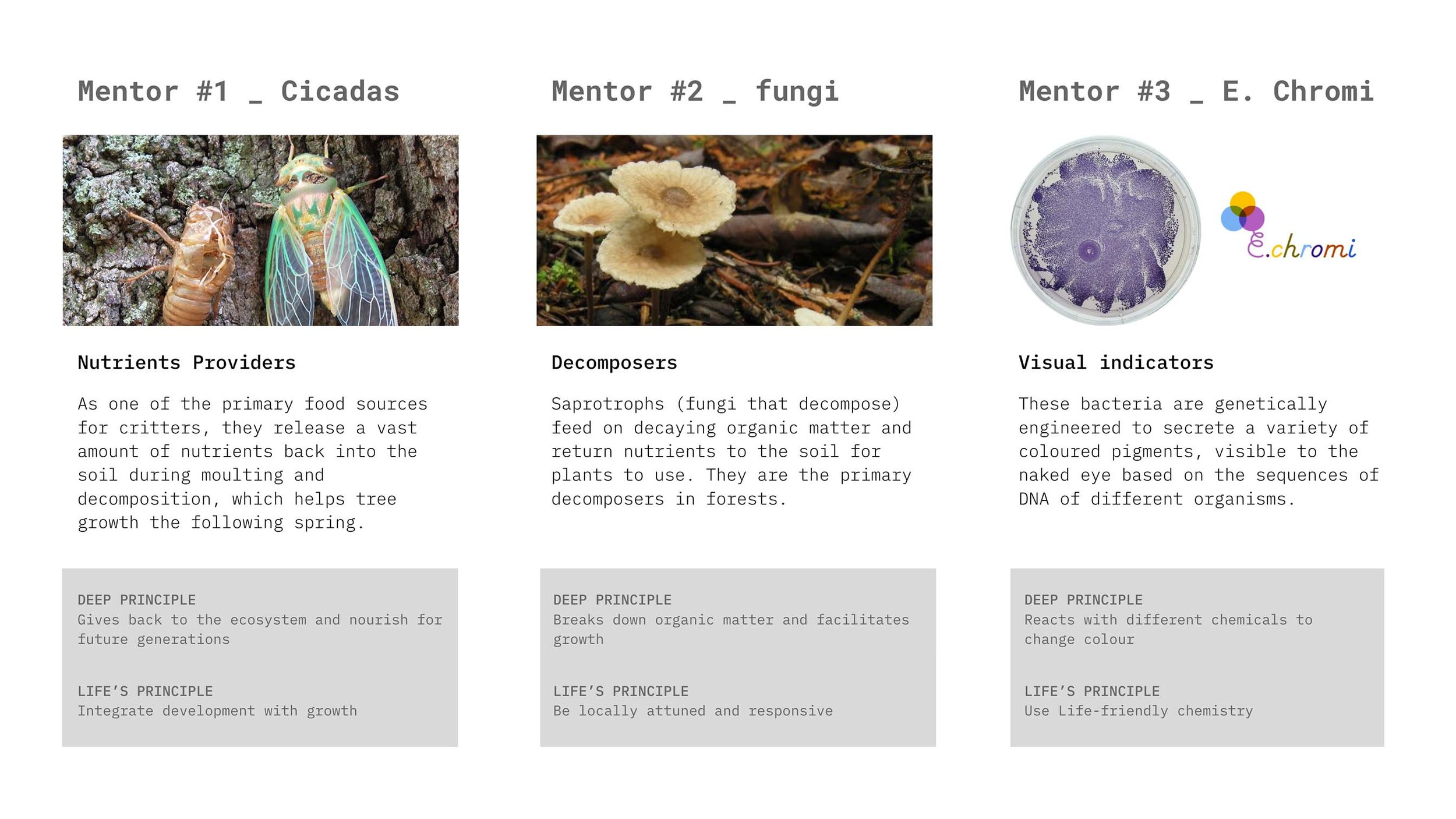Afterglow
Reimagining burial infrastructure as part of a larger regeneration process
Afterglow is a speculative concept that envisions mortuary infrastructures as cross-species sanctuaries, redefining the role of the deceased in our society and planet.
Project Background:
Our design challenge was to explore death and post-death nutrition recycling in a societal context using biomimicry. The project was a 2-day exploration with Ooi Shin (Malaysia), Aakash Dewan (India), and Ana Acevedo (Costa Rica) during the biomimicry course at CIID.
Design Opportunity
With the rising global population and limited burial space in urban areas, conventional methods of burial and cremation pose challenges such as high energy consumption and a perceived emotional disconnect. This led us to explore the creation of innovative, sustainable urban burial solutions that optimize space and strengthen the bond between the living and the deceased.
How did we get there?
Afterglow embraced an unconventional design approach inspired by the principles of biomimicry. Our methodology involved:
Learning from nature's wisdom
Emulating adaptive strategies developed through evolution
Abstracting biological principles for practical design applications
This process allowed us to draw insights from nature, apply adaptive strategies honed through evolution, and translate biological principles into practical design applications.
By understanding the desired functionality of our design outcome, we turned to nature as a mentor, drawing from its biological and life principles. We explored the concept of recycling nutrition, drawing inspiration from cicadas, saprotrophs (fungi), and E-chromi (genetically engineered bacteria that secrete coloured pigments):
Cicadas: help sustain the ecosystem by providing nutritious food sources for other organisms with the left behind exoskeletons
Saprotrophs: help break down organic matter and release vital nutrients facilitating the growth of other organisms
E-chromi: bring colours to new forms of life by reacting with different natural chemicals and bacteria
What would this future look like?
In our vision of the future, we transform the remains of the deceased into valuable food sources for other life forms. This takes place in an open area with dedicated facilities for processing organic materials. This process revitalises nature and accelerates the growth of vegetation, effectively turning the deceased into a new form of life that is interconnected with the natural world.
Legacy is represented through light and varying colours, powered by energy generated during decomposition. This celebration of life's vibrancy serves as a tribute. Additionally, there are smaller private spaces where families and friends can grieve in a more secluded setting. These spaces are situated within a communal public area that is shared with other life forms in nature.
Afterglow reimagines mortuary structures as sanctuaries that span across species. This rethinking of traditional burial practices encourages a deep connection between humans and the environment. The concept embraces the natural cycle of life and employs biomimicry principles to develop sustainable and space-efficient solutions for urban landscapes.




